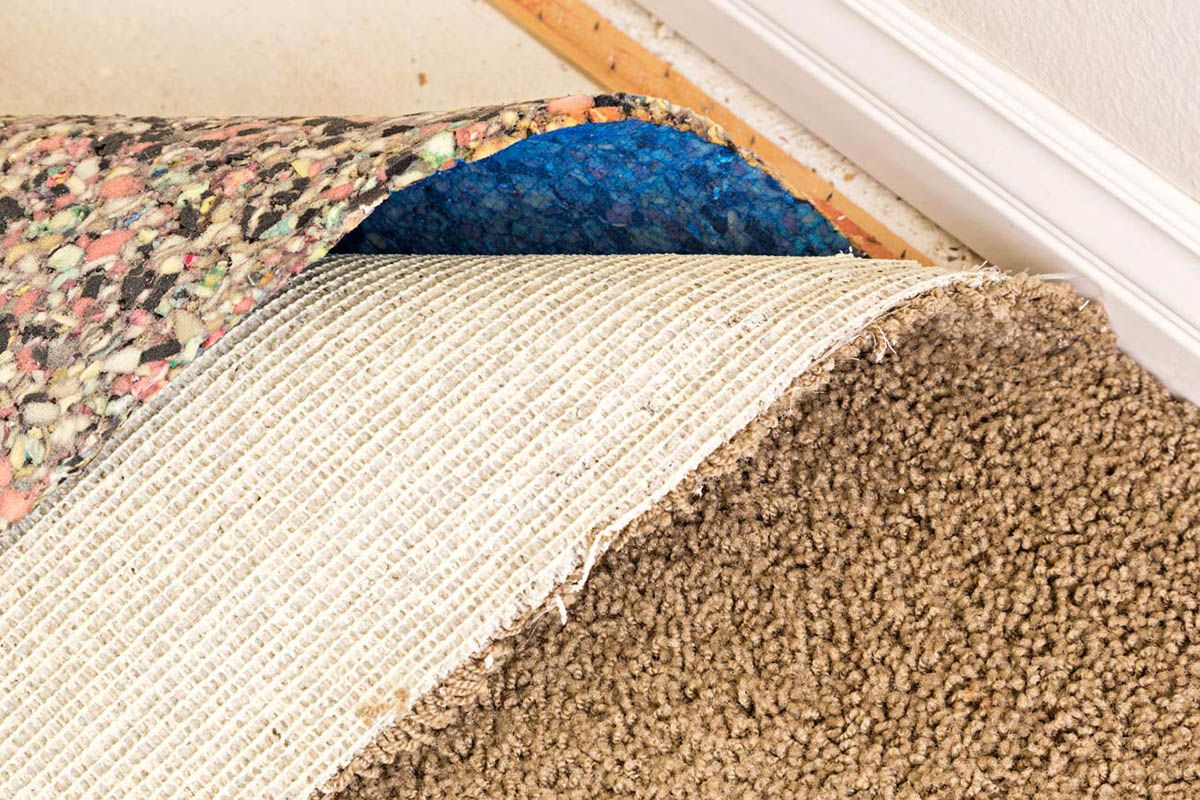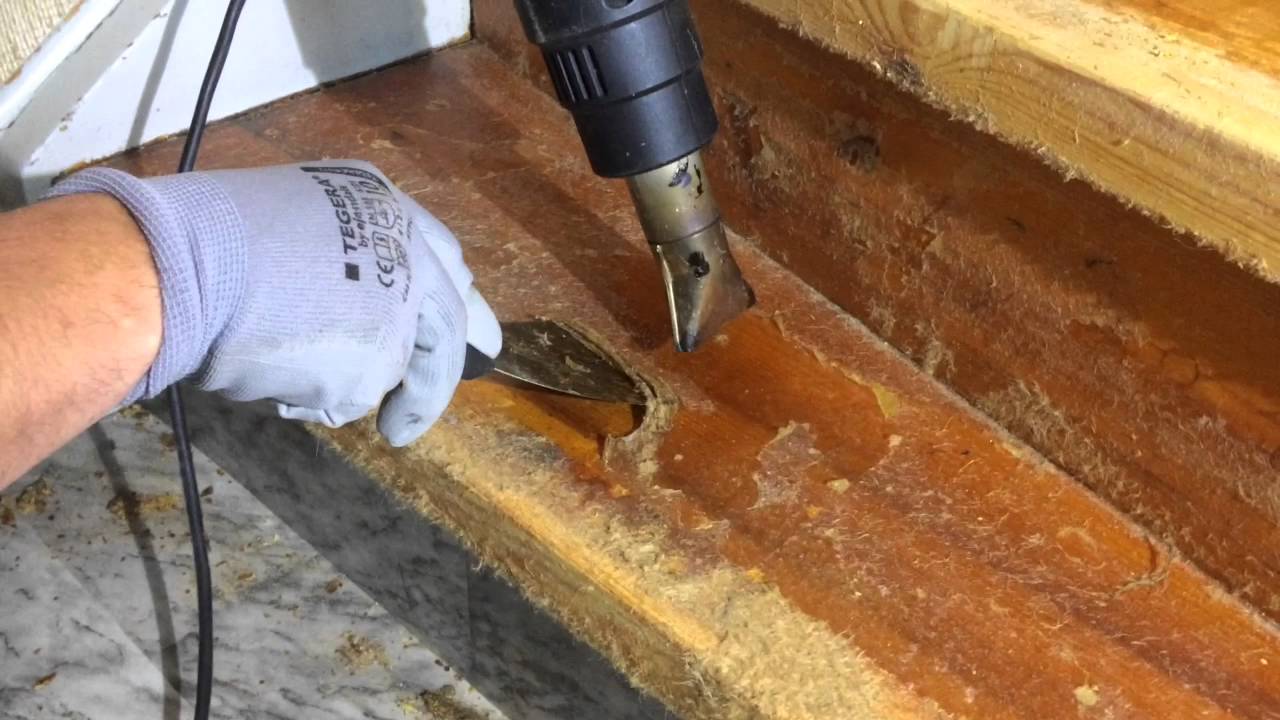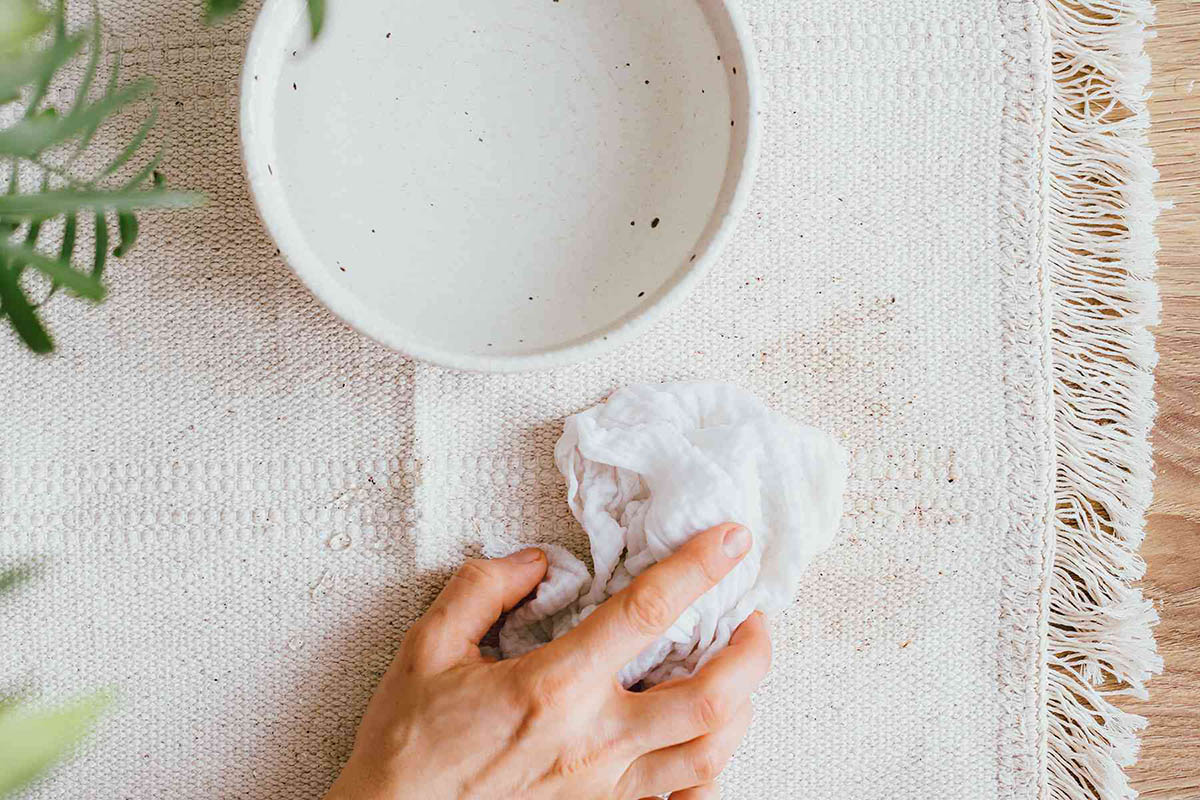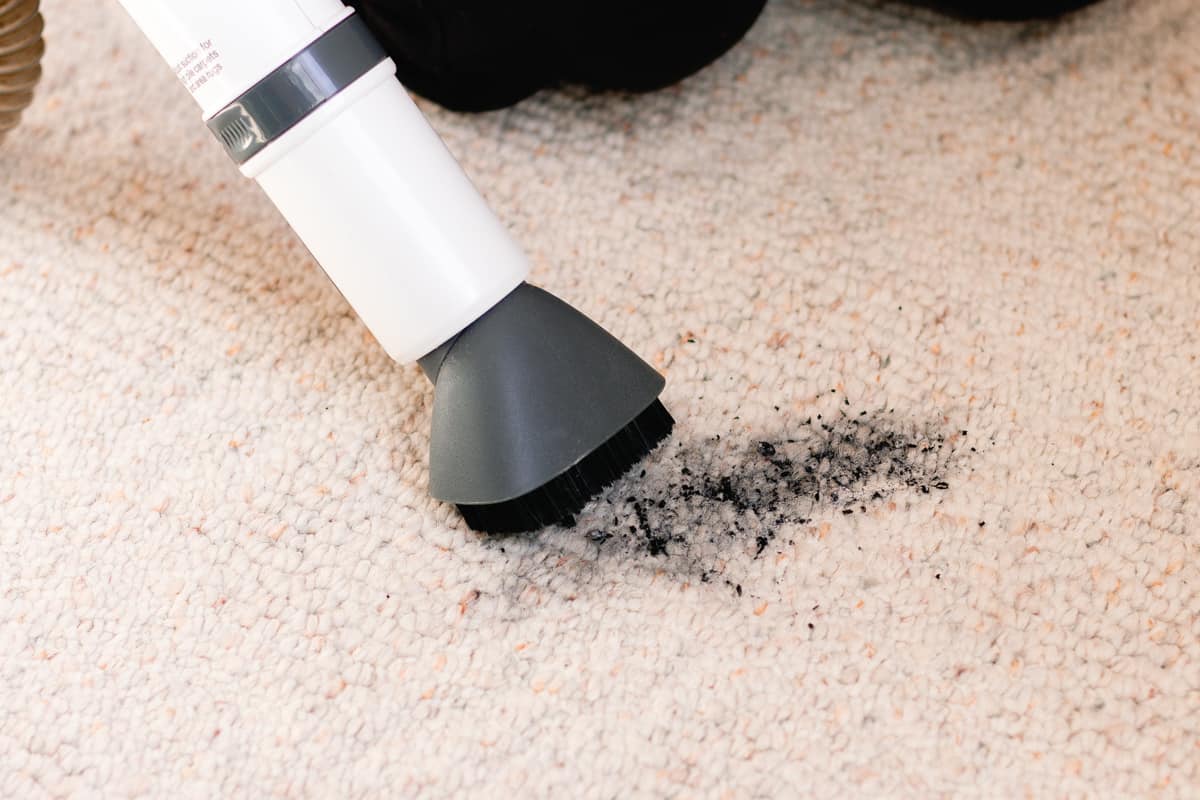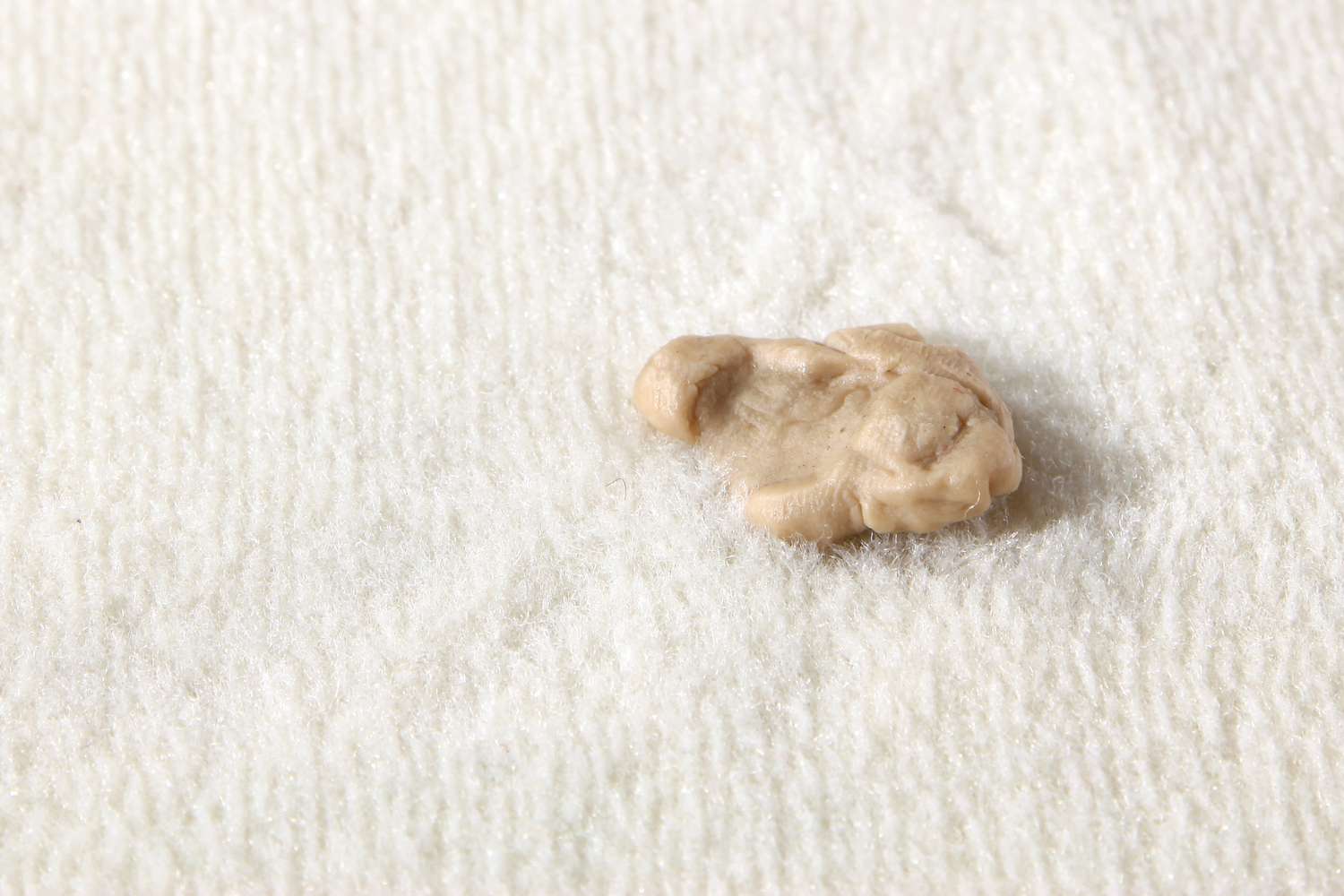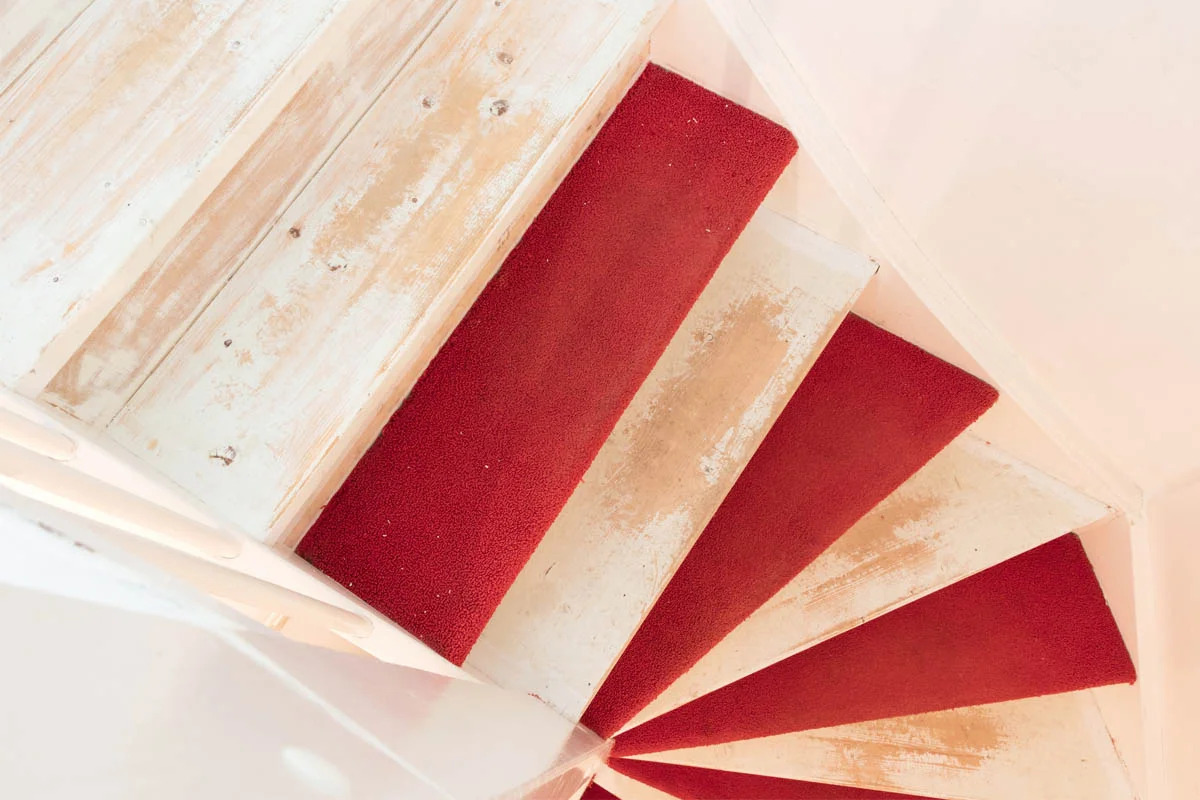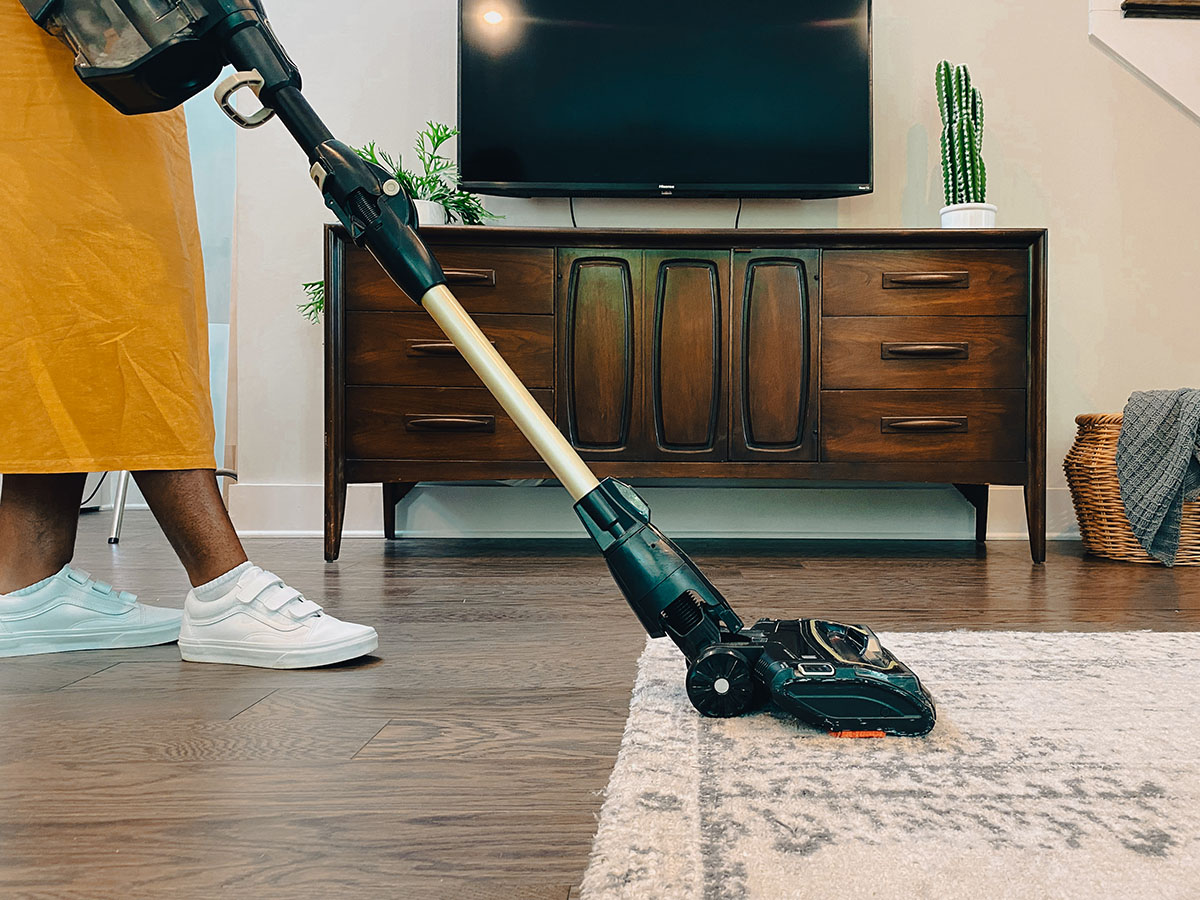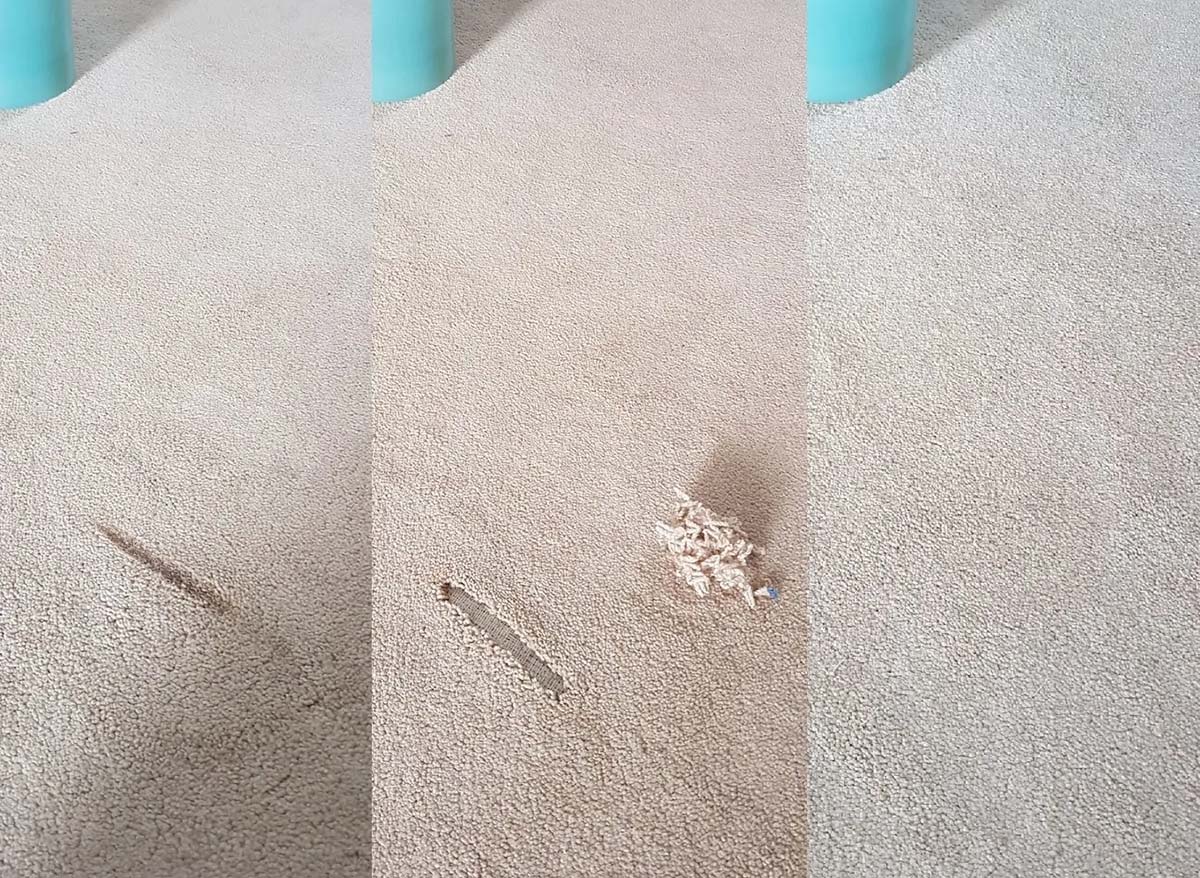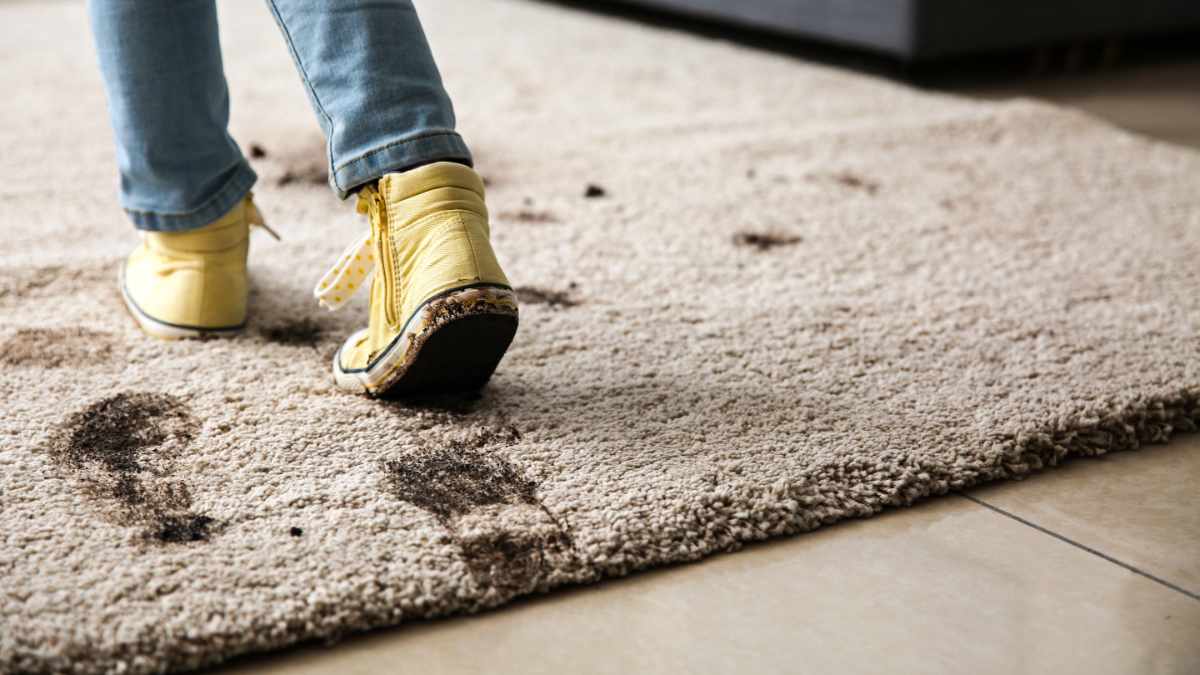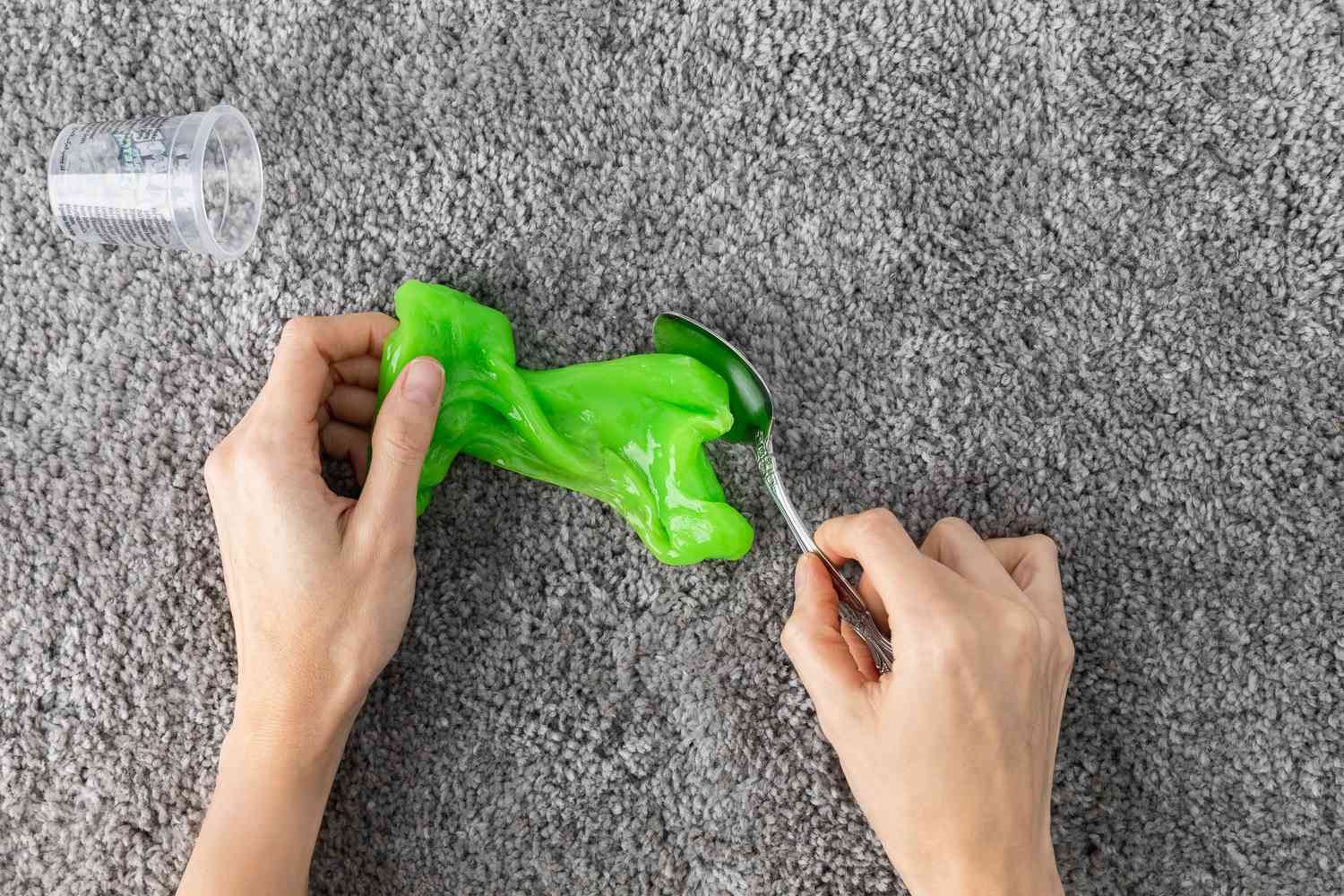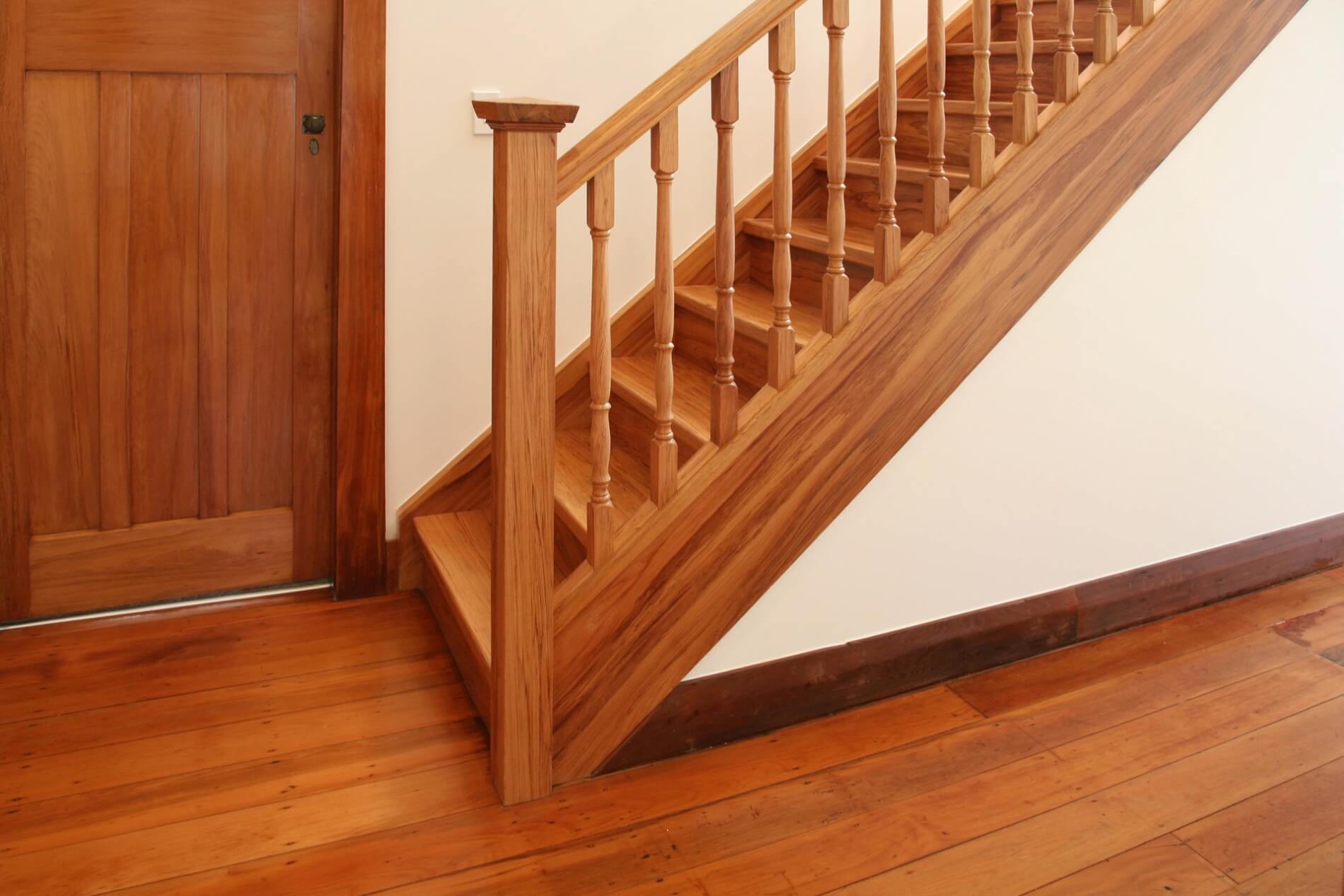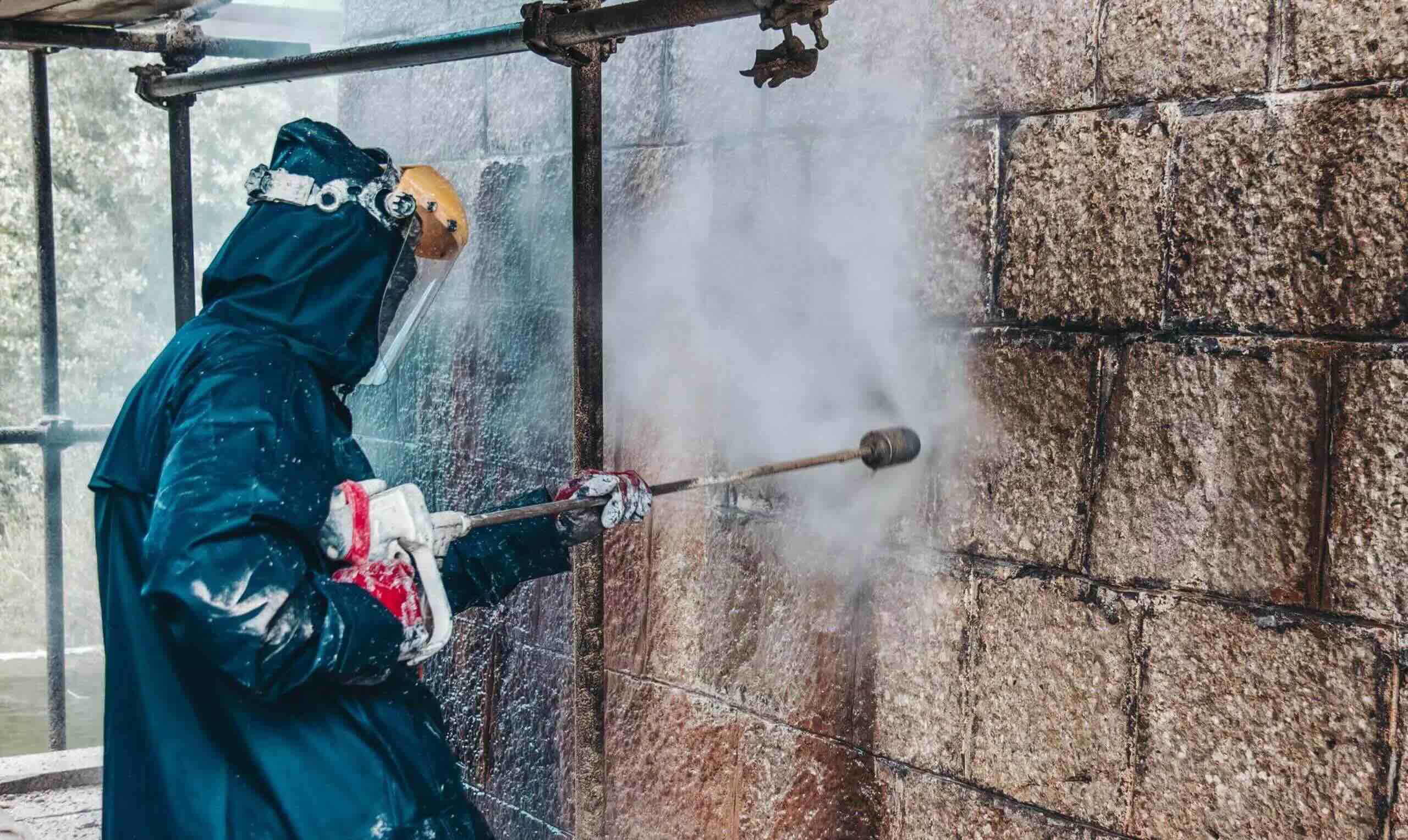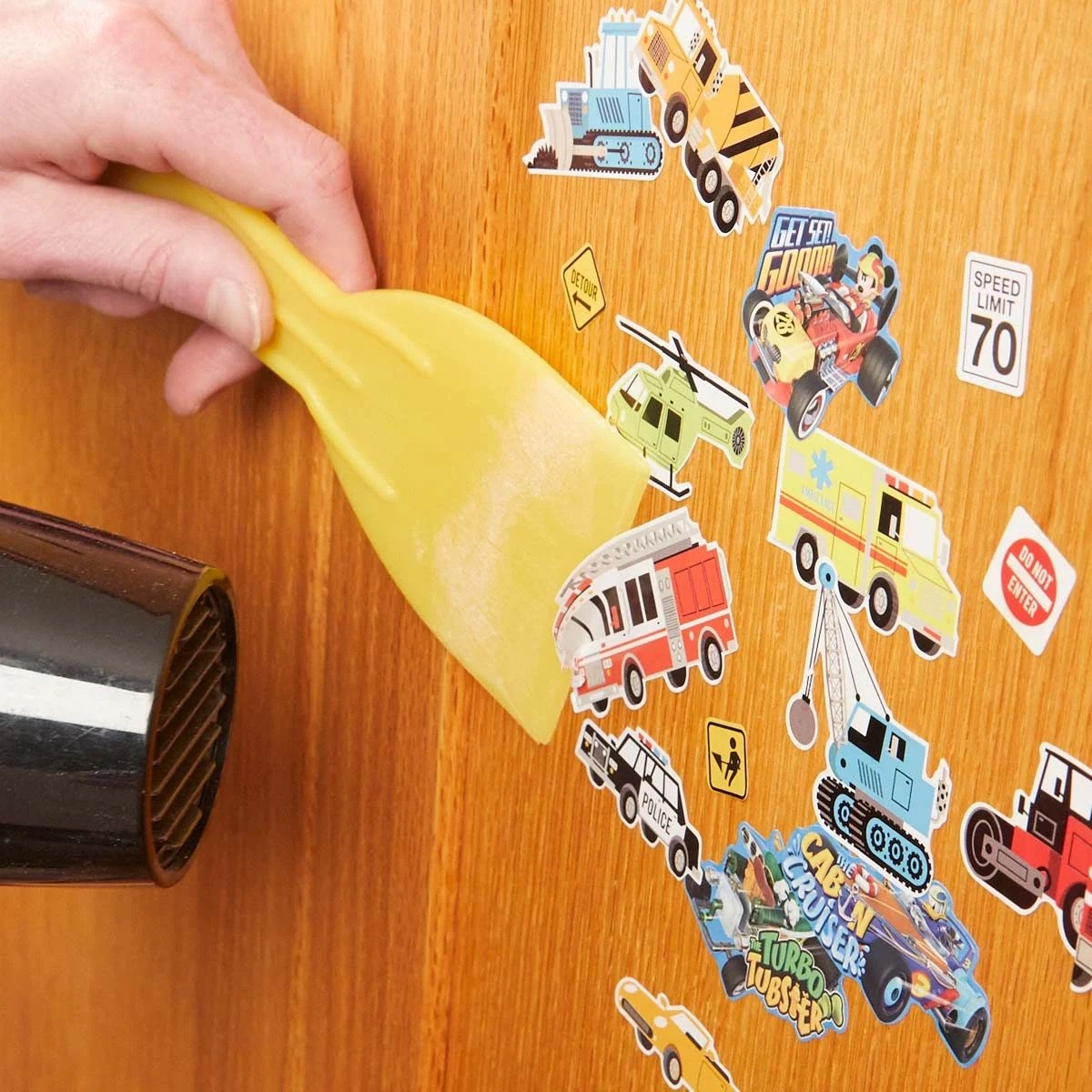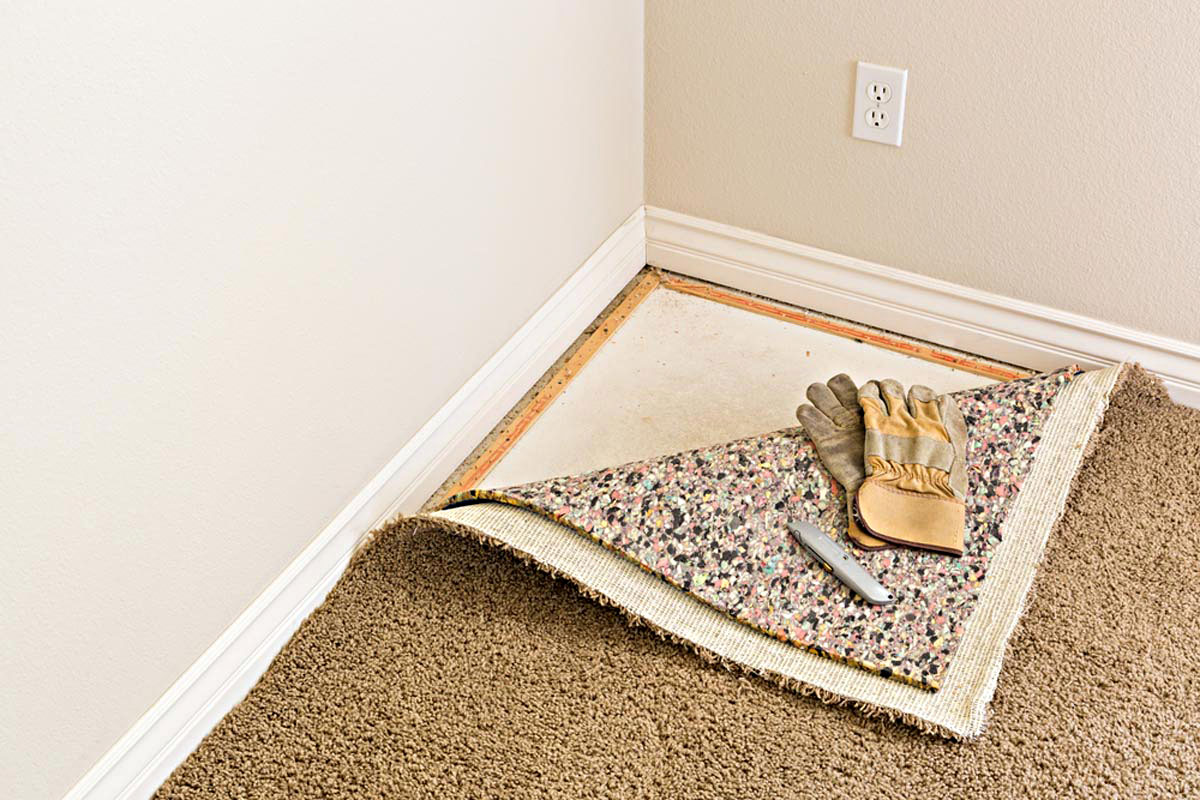

Articles
How To Remove Glued Carpet From Wood
Modified: October 20, 2024
Learn how to safely and effectively remove glued carpet from wood floors with our informative articles. Save time and effort with our expert tips!
(Many of the links in this article redirect to a specific reviewed product. Your purchase of these products through affiliate links helps to generate commission for Storables.com, at no extra cost. Learn more)
Introduction
Removing glued carpet from wood can be a daunting task, but with the right tools and techniques, it is a task that can be accomplished with ease. Whether you are renovating your home or simply replacing the carpet, knowing how to remove glued carpet from wood is essential to avoid damaging the surface underneath.
In this article, we will guide you through the step-by-step process of removing glued carpet from wood, ensuring a smooth and successful removal. From preparing the area to cleaning the wood surface, we will cover all the necessary steps to achieve a clean and polished result.
Before we dive into the removal process, let’s take a look at the tools and materials you will need:
Key Takeaways:
- Removing glued carpet from wood requires proper preparation, patience, and the right tools. Loosening the glue, removing the carpet with care, and cleaning the wood surface are essential steps for a successful and rewarding transformation.
- After removing the glued carpet, consider inspecting the wood surface for damage, applying a wood conditioner or sealant, and exploring new flooring options. Seek professional help if needed and prioritize safety and proper disposal throughout the process.
Tools and Materials Needed
Before you begin the process of removing glued carpet from wood, gather the following tools and materials:
- Utility knife or carpet knife
- Pry bar or flathead screwdriver
- Heat gun or hairdryer
- Scraper or putty knife
- Gloves
- Pliers
- Bucket
- Floor cleaner or adhesive remover
- Scrub brush
- Old towels or rags
Having these tools and materials readily available will make the process of removing the glued carpet more efficient and stress-free.
Once you have gathered all the necessary tools and materials, it’s time to move on to the step-by-step process of removing glued carpet from wood.
Step 1: Prepare the Area
Before you start removing the glued carpet from the wood, it is essential to prepare the area to ensure a smooth and hassle-free process. Follow these steps:
- Clear the area: Remove any furniture or objects from the room to create an open space.
- Protect the surrounding surfaces: Use drop cloths or plastic sheets to cover any nearby furniture, walls, or flooring to prevent damage or staining.
- Put on protective gear: Wear gloves to protect your hands from any sharp edges or potential irritants.
- Test for asbestos: If your house was built before the 1980s, it is advisable to have the carpet tested for asbestos before proceeding with the removal process. If the carpet contains asbestos, seek professional help for its safe removal.
By following these preparatory steps, you create a clean and safe environment to work in, minimizing any potential risks and ensuring a smooth removal process.
Step 2: Loosen the Glue
Once you have prepared the area, it’s time to loosen the glue that is binding the carpet to the wood. This step will make it easier to remove the carpet without causing damage to the wood surface. Follow these steps:
- Start at a corner: Begin by locating a corner of the carpet where you can easily access the edge.
- Score the carpet: Use a utility knife or carpet knife to carefully score the carpet along the edge of the wall. Create a shallow cut that goes through the carpet but doesn’t damage the wood underneath.
- Apply heat: If the carpet is heavily glued or stubborn, use a heat gun or a hairdryer set to high heat to apply heat to the scored area. This will soften the glue and make it easier to remove the carpet.
- Use a scraper or putty knife: With the glue loosened by the heat, gently pry up the corner of the carpet using a scraper or putty knife. Start slowly and work your way along the edge, applying more heat if necessary.
- Continue along the edges: Once you have lifted the edge, continue moving along the edges of the carpet, loosening the glue as you go. Take your time and be careful not to damage the wood surface.
Loosening the glue is a crucial step that will make the removal process easier and prevent unnecessary damage to the wood. Be patient and thorough as you work your way around the carpet’s edges.
Use a heat gun or steam iron to soften the glue, then carefully scrape it off with a putty knife. Sand the wood to remove any remaining residue.
Step 3: Remove the Carpet
With the glue loosened, it’s time to remove the carpet from the wood. Follow these steps to ensure a successful removal:
- Work in sections: Start by grabbing a corner of the loosened carpet and begin pulling it up in small sections. Tug gently, keeping the carpet at a low angle to minimize tearing.
- Use pliers if needed: If there are any stubborn spots where the carpet is still firmly attached to the wood, use pliers to grip the carpet and give you extra leverage for pulling.
- Roll up the carpet: As you continue to pull up sections of the carpet, roll them up tightly to make disposal easier and to prevent any loose debris from scattering around.
- Dispose of the carpet: Once the carpet is completely removed, dispose of it properly according to your local regulations. Consider recycling options if available.
During the process of removing the carpet, you may encounter remnants of the adhesive. Don’t worry, we will address the cleaning process in the next step.
Removing the carpet requires patience and care to avoid damaging the wood underneath. Take your time and be mindful of any staples or nails that may be left behind.
Step 4: Clean the Wood Surface
After removing the carpet, it’s important to clean the wood surface to remove any residue or adhesive that may be left behind. Follow these steps to ensure a clean and polished finish:
- Scrape off any remaining glue: Use a scraper or putty knife to gently scrape off any remaining adhesive from the wood surface. Be careful not to scratch or gouge the wood.
- Apply an adhesive remover: If there are stubborn remnants of glue that are difficult to remove with scraping alone, apply an adhesive remover according to the manufacturer’s instructions. Allow it to sit for the recommended amount of time to soften the adhesive.
- Scrub the surface: Use a scrub brush or abrasive sponge to scrub the wood surface, focusing on areas with adhesive residue. Apply pressure and scrub in a circular motion to effectively remove the glue.
- Wipe with a clean cloth: Once the adhesive has been successfully removed, use a clean cloth or rag dampened with water to wipe down the wood surface and remove any remaining cleaning solution.
- Dry the area: Allow the wood surface to air dry completely before moving on to the next step. This will prevent any moisture from getting trapped and causing damage.
Cleaning the wood surface thoroughly ensures a smooth and pristine finish before any further treatments or refinishing are done. It also helps to remove any lingering odors or residues from the adhesive.
Remember to dispose of any used cleaning materials properly and in accordance with local regulations.
Step 5: Final Touches and Tips
Now that you have removed the glued carpet and cleaned the wood surface, it’s time for the final touches and some additional tips to ensure a successful outcome:
- Inspect for damage: Take a close look at the wood surface to check for any damage or discoloration. If there are any noticeable issues, consider sanding and refinishing the wood to restore its appearance.
- Apply a wood conditioner or sealant: If you plan to leave the wood surface exposed, it’s recommended to apply a wood conditioner or sealant to protect it from moisture and wear. Follow the product instructions for proper application.
- Consider new flooring: If you do not wish to leave the wood surface exposed, now is a good time to think about installing new flooring. There are various options available, such as hardwood, laminate, or tile, depending on your preferences and budget.
- Dispose of the carpet padding: If there was padding underneath the carpet, be sure to remove and dispose of it properly. Check with your local waste management facility for guidelines on appropriate disposal methods.
- Seek professional help if needed: If you encounter any challenges during the carpet removal process or if you are unsure about the condition of the wood beneath, it’s best to seek professional assistance. They have the expertise and tools to handle the job effectively and safely.
By following these final touches and tips, you can ensure a well-rounded completion of your project, leaving you with a clean, refreshed space.
Remember, every project is unique, so it’s important to adapt these steps and tips to your specific situation. Take your time, be patient, and enjoy the journey of transforming your space!
Conclusion
Removing glued carpet from wood may seem like a daunting task, but with the right tools, techniques, and a little bit of patience, it is a job that can be accomplished successfully. By following the step-by-step process outlined in this article, you can remove the glued carpet while preserving the integrity of the underlying wood surface.
Throughout the process, it’s essential to prepare the area properly, loosen the glue, remove the carpet with care, clean the wood surface, and apply any necessary finishing touches. Following these steps ensures a smooth removal process and sets the stage for any future treatments or refinishing that you may choose to do.
Remember to prioritize safety by wearing protective gear, testing for asbestos if applicable, and seeking professional assistance if needed. Additionally, dispose of materials properly and adhere to local regulations.
Embarking on a project like removing glued carpet from wood can be a rewarding experience. It allows you to refresh your space, explore new flooring options, and unleash the natural beauty of the wood beneath. Whether you are renovating a room or simply replacing old carpet, this process opens up endless possibilities for transforming your space.
With the knowledge gained from this article, you now have the know-how to confidently tackle the task of removing glued carpet from wood. So roll up your sleeves, gather your tools, and get ready to reveal the stunning beauty of your wood floors!
Frequently Asked Questions about How To Remove Glued Carpet From Wood
Was this page helpful?
At Storables.com, we guarantee accurate and reliable information. Our content, validated by Expert Board Contributors, is crafted following stringent Editorial Policies. We're committed to providing you with well-researched, expert-backed insights for all your informational needs.
